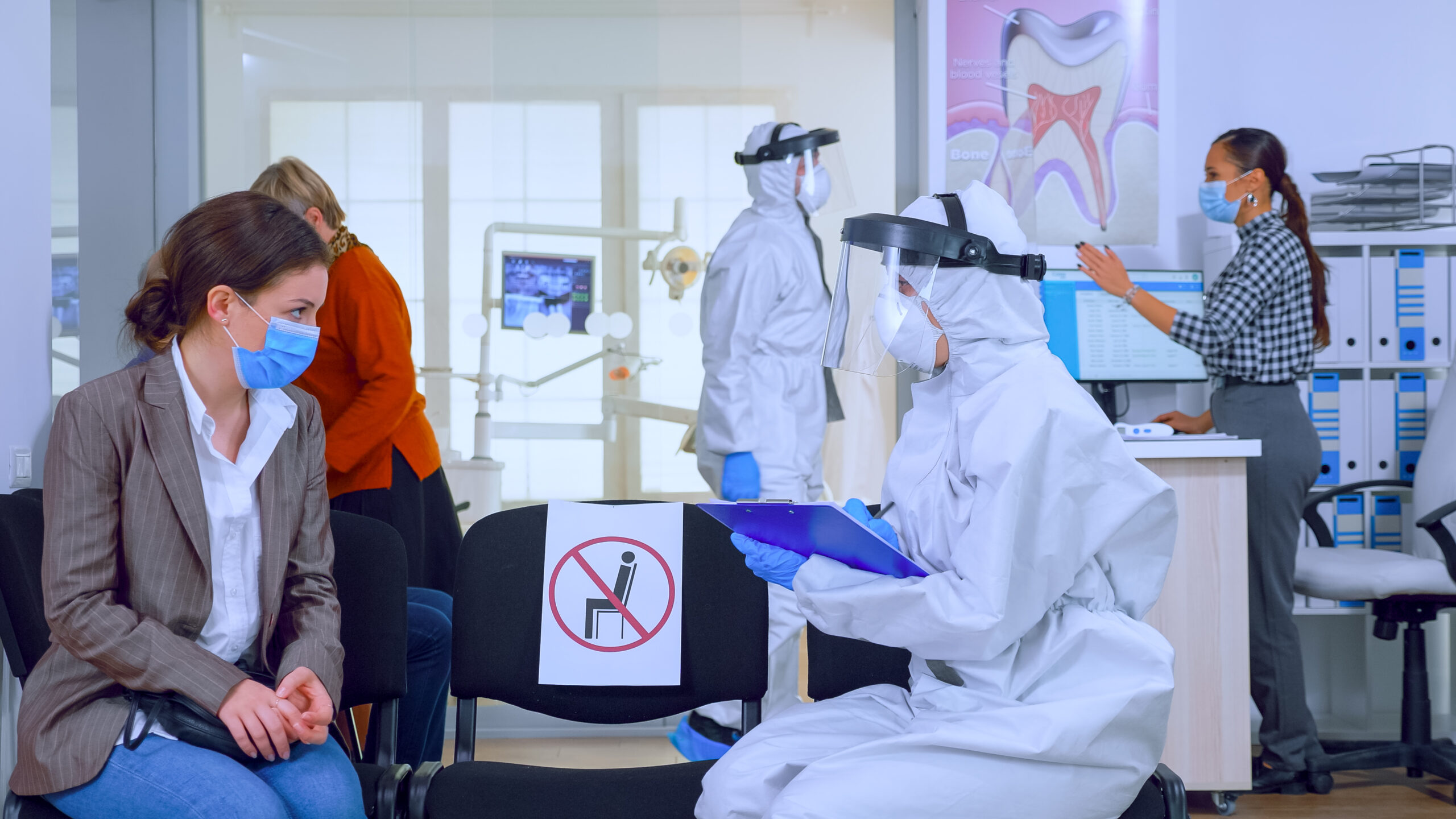Pulmonary function labs are specialized facilities dedicated to evaluating the functioning of the lungs. These labs employ a variety of tests to measure lung volumes, airflow, gas exchange, and respiratory muscle strength. By assessing these parameters, healthcare professionals can gain valuable insights into a patient’s respiratory health and identify potential abnormalities or diseases.
The Importance of Pulmonary Function Tests
Pulmonary function tests (PFTs) are essential for diagnosing and monitoring respiratory conditions. They help healthcare providers understand how well a patient’s lungs are functioning and identify any limitations or abnormalities. PFTs are particularly helpful in diagnosing conditions such as asthma, chronic obstructive pulmonary disease (COPD), pulmonary fibrosis, and other respiratory disorders.

-
Spirometry: Assessing Lung Function
One of the most common tests performed in pulmonary function labs is spirometry. This test measures the volume of air a patient can inhale and exhale and the speed at which they can do so. Spirometry is useful in evaluating lung function, diagnosing respiratory conditions, and monitoring disease progression. It provides valuable information about lung capacity, airflow limitation, and the presence of any obstructions.
-
Lung Volume Measurements
Lung volume measurements are another important aspect of pulmonary function testing. These tests help determine the total lung capacity, functional residual capacity, and residual volume. By measuring these parameters, healthcare professionals can assess lung elasticity, air trapping, and the presence of hyperinflation. Lung volume measurements are particularly useful in diagnosing conditions such as emphysema.
-
Diffusion Capacity Tests
Diffusion capacity tests evaluate the lungs’ ability to transfer gases, particularly oxygen and carbon dioxide, between the alveoli and the bloodstream. These tests provide valuable information about the efficiency of gas exchange in the lungs. They are helpful in diagnosing conditions such as pulmonary fibrosis, interstitial lung disease, and other disorders affecting the lung tissue.
-
Bronchial Provocation Testing
Bronchial provocation testing is performed to assess the airway responsiveness and diagnose conditions like asthma. This test involves inhaling substances that can trigger bronchial constriction, such as methacholine or histamine. By measuring the extent of airway narrowing in response to these substances, healthcare professionals can determine the presence and severity of asthma.
-
Exercise Testing for Pulmonary Function
Exercise testing evaluates lung function during physical activity. It helps assess the lungs’ ability to meet the increased demand for oxygen during exercise and identify any limitations or abnormalities. Exercise testing is particularly useful in evaluating exercise-induced asthma, evaluating exercise tolerance, and determining fitness levels.
-
Arterial Blood Gas Analysis
Arterial blood gas (ABG) analysis measures the levels of oxygen and carbon dioxide in the blood. It provides insights into how well the lungs are oxygenating the blood and removing carbon dioxide. ABG analysis is crucial in assessing respiratory failure, evaluating acid-base imbalances, and monitoring patients on mechanical ventilation.
Indications for Pulmonary Function Testing
Pulmonary function testing is indicated in various situations, including:
- Evaluation of respiratory symptoms such as shortness of breath, wheezing, or coughing.
- Monitoring lung function in patients with known respiratory conditions.
- Assessing lung function before surgery or certain medical procedures.
- Evaluating occupational lung disease.
- Monitoring the progression of respiratory diseases and the effectiveness of treatment.
Interpretation of Pulmonary Function Tests
Interpreting pulmonary function tests requires expertise and knowledge of normal values and patterns. Healthcare professionals, such as pulmonologists or respiratory therapists, analyze the test results and compare them to reference values to make accurate diagnoses and treatment decisions. The interpretation of PFTs involves assessing various parameters and patterns, including lung volumes, flow rates, and diffusion capacity.

Benefits of Pulmonary Function Labs in Respiratory Disease Management
Pulmonary function labs play a crucial role in the management of respiratory diseases. They provide valuable information that helps healthcare professionals:
- Accurately diagnose respiratory conditions.
- Monitor disease progression and treatment effectiveness.
- Determine the severity of respiratory impairments.
- Assess the suitability of patients for surgical interventions.
- Evaluate lung function impairment in occupational settings.
- Guide the development of personalized treatment plans.
Advancements in Pulmonary Function Testing
Advancements in technology have significantly improved pulmonary function testing. Newer devices offer enhanced accuracy, portability, and ease of use. For example, handheld spirometers allow for convenient lung function testing outside of the lab setting, making it more accessible for patients. Additionally, computerized systems and advanced algorithms have simplified the interpretation of test results, aiding healthcare professionals in making timely and accurate diagnoses.
Challenges in Pulmonary Function Testing
While pulmonary function testing is highly valuable, it also presents some challenges. Variations in patient effort, poor technique, or underlying medical conditions can affect the accuracy of test results. It is crucial for healthcare professionals to provide clear instructions and ensure patient cooperation during the testing process. Additionally, interpreting test results requires expertise and an understanding of various factors that can influence lung function.
Tips for Preparing for Pulmonary Function Tests
To ensure accurate and reliable test results, patients should follow these tips when preparing for pulmonary function tests:

- Follow any pre-test instructions provided by the healthcare provider.
- Avoid smoking or exposure to irritants before the test.
- Wear loose-fitting clothing that allows for unrestricted breathing.
- Communicate any respiratory symptoms or changes in health to the healthcare provider.
- Ask questions and seek clarification regarding the testing procedure.
Conclusion
Pulmonary function labs are essential in evaluating and monitoring respiratory health. Through a range of tests, these specialized facilities provide valuable insights into lung function, helping diagnose respiratory conditions, monitor disease progression, and guide treatment decisions. By utilizing advanced technologies and expert interpretation, pulmonary function labs contribute significantly to improving patient outcomes and overall respiratory disease management.
FAQs
What is the purpose of pulmonary function testing?
Pulmonary function testing helps assess lung function, diagnose respiratory conditions, and monitor disease progression.
What are some common pulmonary function tests?
Common pulmonary function tests include spirometry, lung volume measurements, diffusion capacity tests, and arterial blood gas analysis.
Who interprets pulmonary function test results?
Healthcare professionals, such as pulmonologists or respiratory therapists, interpret pulmonary function test results.
Who interprets pulmonary function test results?
Healthcare professionals, such as pulmonologists or respiratory therapists, interpret pulmonary function test results.
How can patients prepare for pulmonary function tests?
Patients should follow instructions provided by their healthcare provider, avoid smoking or irritant exposure, and communicate any respiratory symptoms or changes in health.



